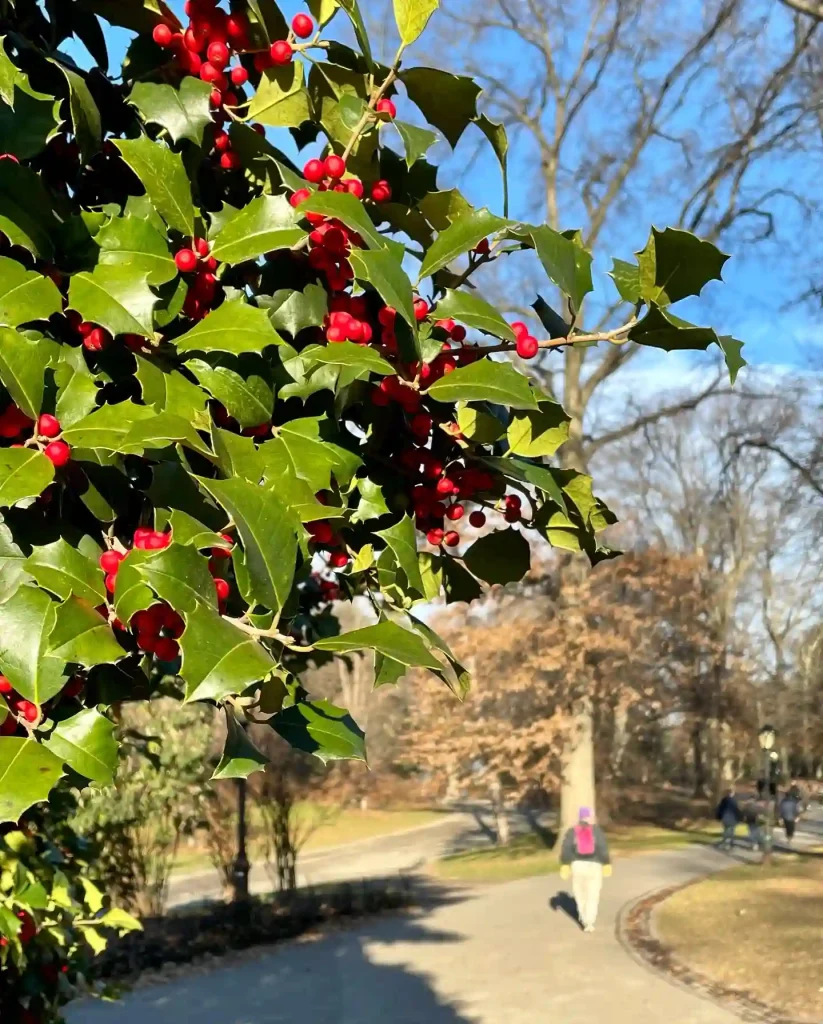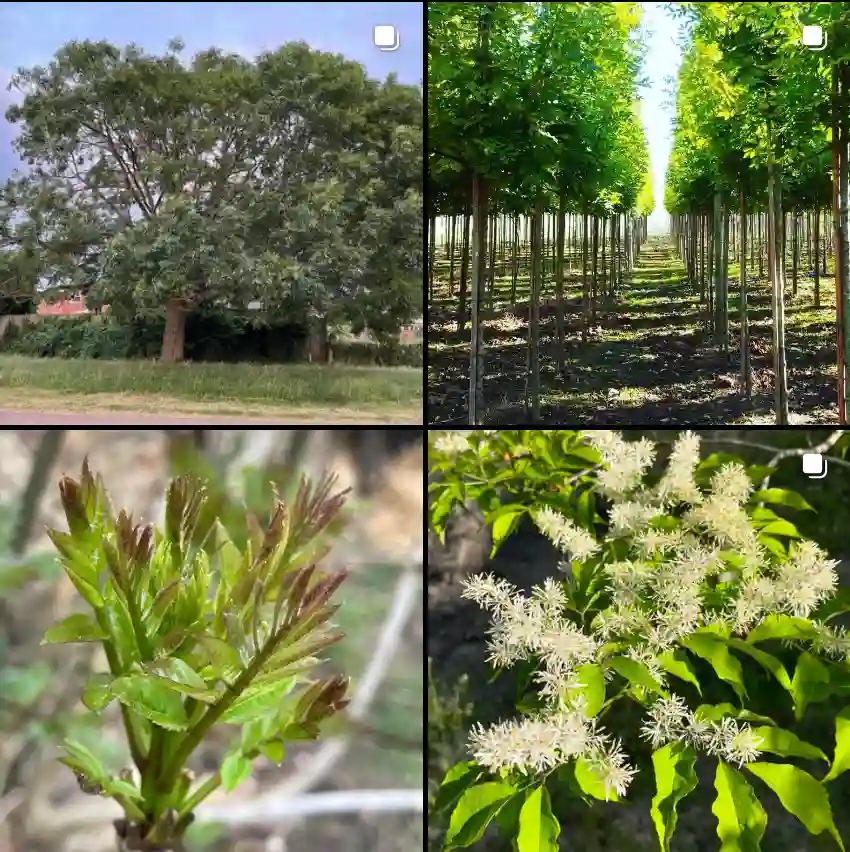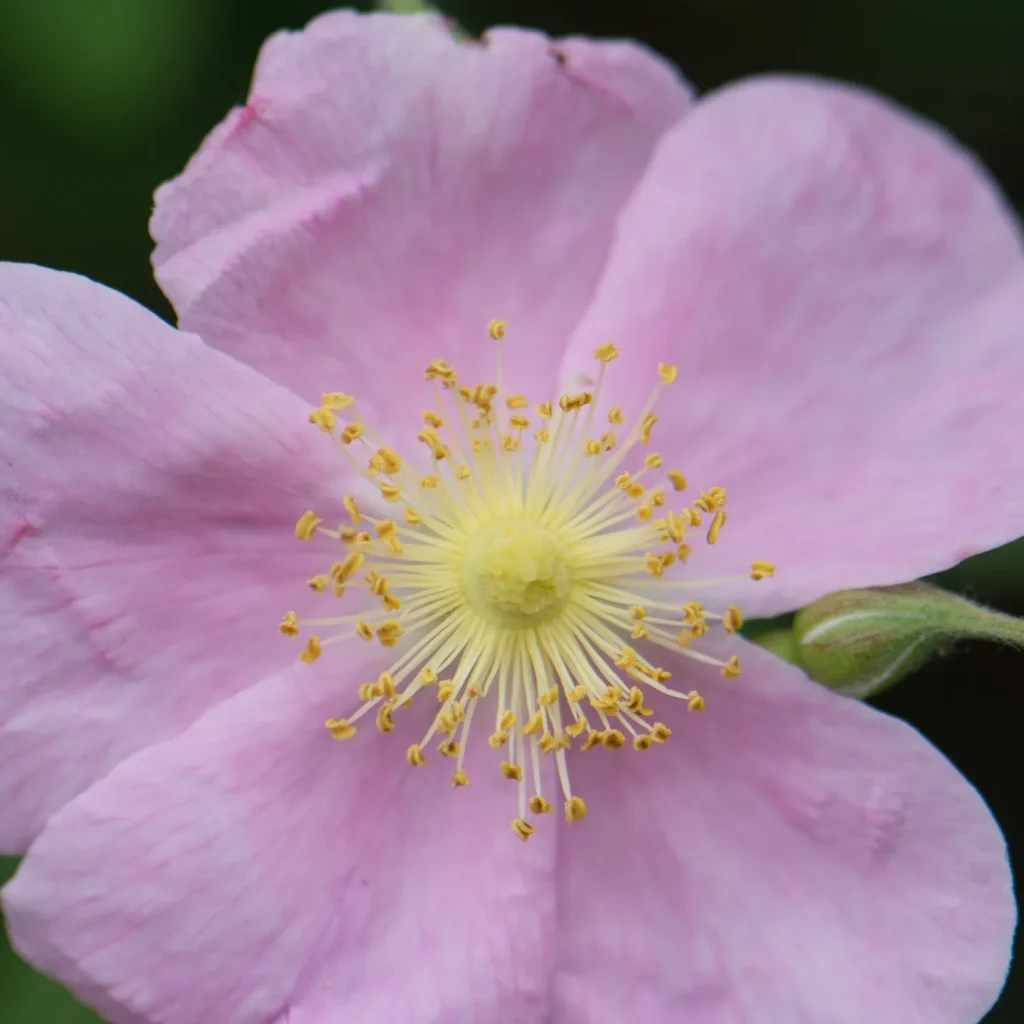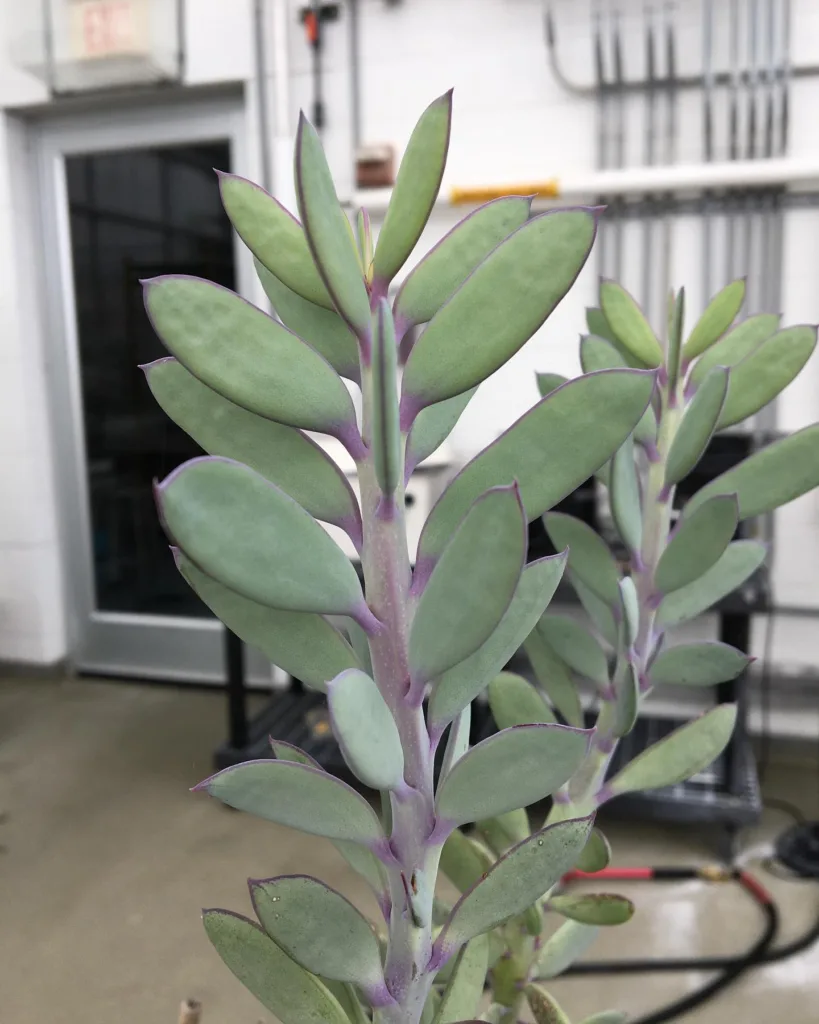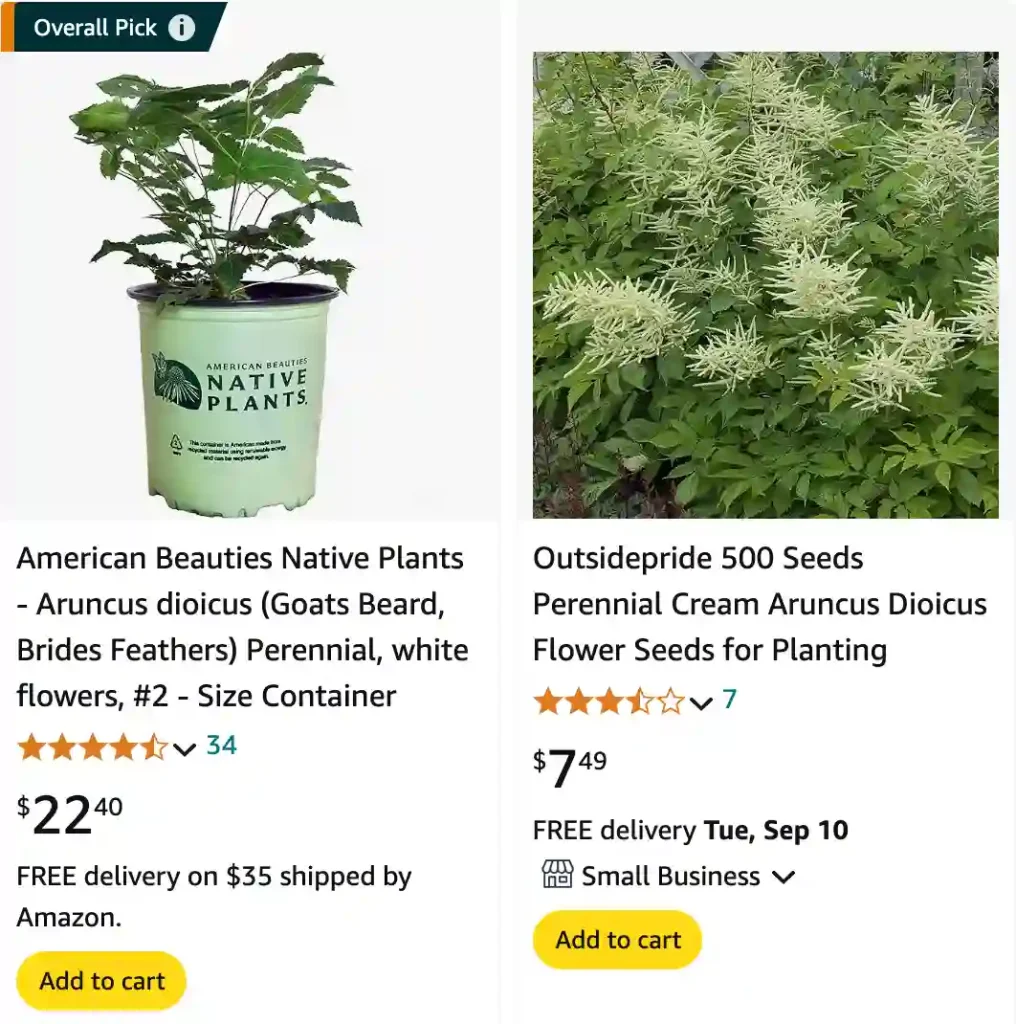
What Is Aruncus Dioicus?
Aruncus Dioicus, commonly known as Goat’s Beard or Bride’s Feathers, is a perennial plant native to North America. This plant is well-loved for its feathery, plume-like flower clusters and its robust nature, making it a standout in many gardens. It grows in a range of environments from shaded woodland areas to sunny garden beds, adding texture and interest to your landscape.
4 Species in Genus Aruncus
Is Aruncus Dioicus Native to the US?
Yes, Aruncus Dioicus is native to the United States. It is commonly found in the eastern and northern parts of the country, thriving in woodlands and moist, shady areas. Its adaptability to different soil types and its resistance to pests make it a valuable plant for native gardening efforts.
What Does Aruncus Dioicus Look Like in the Winter?
In winter, Aruncus Dioicus undergoes a transformation. The lush, feathery plumes that are so striking in summer turn into a dry, brownish structure. The plant’s leaves die back, leaving behind bare stems. Despite its less dramatic winter appearance, the plant’s skeletal structure can still provide visual interest and texture in a winter garden. Additionally, the dried plumes can offer a subtle rustic beauty and serve as a food source for birds.
How to Care for Aruncus Dioicus?
Aruncus Dioicus is relatively low-maintenance but does have some specific needs. Here’s how to ensure it thrives:
- Light: It prefers partial to full shade but can tolerate more sun in cooler climates. Too much direct sunlight might scorch its leaves.
- Soil: It thrives in moist, well-drained soil rich in organic matter. Adding compost or well-rotted manure can improve soil fertility.
- Watering: Keep the soil consistently moist, especially during dry periods. However, avoid waterlogging as it can lead to root rot.
- Fertilizing: Feed with a balanced, all-purpose fertilizer in early spring to support vigorous growth.
- Pruning: Remove dead or damaged stems in late winter or early spring before new growth begins. This helps the plant to maintain its shape and encourages new growth.
How to Propagate Aruncus Dioicus?
Propagation of Aruncus Dioicus can be achieved through several methods:
- Division: The most common method is by dividing the plant. In early spring or late fall, dig up the plant, separate the root clumps, and replant them. Each division should have a healthy portion of roots and shoots.
- Seed: You can also grow Aruncus Dioicus from seed. Sow seeds in early spring or fall. Germination may take several weeks, so be patient and keep the soil consistently moist.
What to Plant with Aruncus Dioicus?
Aruncus Dioicus pairs well with various plants due to its foliage and flower structure. Consider combining it with:
- Hostas: Their broad leaves complement the feathery plumes of Aruncus Dioicus.
- Ferns: The texture contrast between ferns and Aruncus Dioicus can create a lush, woodland feel.
- Astilbe: Another shade-loving plant that echoes the feathery flower structure.
Can You Grow Aruncus Dioicus Indoors?
Growing Aruncus Dioicus indoors is not ideal. It requires a lot of space and the specific light and moisture conditions of an outdoor garden. However, if you have a large, well-lit indoor area with high humidity, you might manage a small specimen. Keep in mind, though, that it will not thrive indoors long-term.
Is Aruncus Dioicus Toxic?
No, Aruncus Dioicus is not toxic to humans or pets. It’s a safe choice for gardens where children and animals play. However, as with all plants, it’s a good idea to discourage nibbling to avoid any potential digestive discomfort.
Benefits of Aruncus Dioicus
Aruncus Dioicus offers several benefits:
- Aesthetic Appeal: Its feathery plumes provide a dramatic vertical element to garden beds and borders.
- Wildlife Attraction: The plant attracts pollinators like bees and butterflies, adding ecological value to your garden.
- Shade Tolerance: It’s an excellent choice for shady garden spots where many other plants struggle.
Common Problems with Aruncus Dioicus
While Aruncus Dioicus is generally resilient, it can face some issues:
- Powdery Mildew: In humid conditions, powdery mildew may affect the leaves. Ensure good air circulation and avoid overhead watering to prevent this.
- Root Rot: Overly wet soil can lead to root rot. Ensure proper drainage and avoid waterlogging.
How Does Aruncus Dioicus Compare to Similar Plants?
Aruncus Dioicus is sometimes confused with Astilbe due to its similar feathery flower spikes. However, Aruncus Dioicus tends to be larger and more robust, with a distinct woody base. Astilbe, in contrast, has finer, more delicate flowers and is generally smaller.
In summary, Aruncus Dioicus is a versatile and attractive plant that can enhance a garden with its dramatic blooms and lush foliage. Whether you’re dealing with shady spots or looking to add texture to your landscape, it’s a valuable addition. With proper care and the right conditions, it can thrive and bring beauty to your garden for years to come.
If i die, water my plants!
